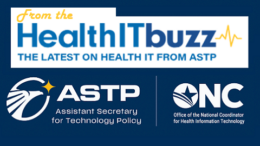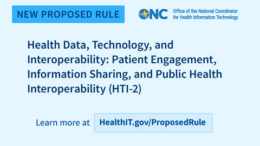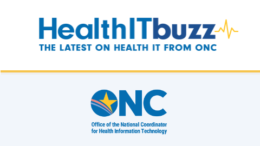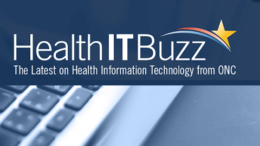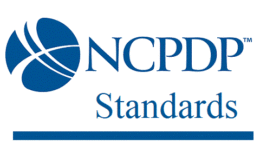Prescribing Clarity Isn’t Optional
By Amy Johnson – For pharmaceutical manufacturers and life sciences organizations, ensuring patients use medications as intended is central to outcomes, safety, and adherence. But when EHR prescribing workflows introduce ambiguity, especially with patient instructions, those goals become harder to achieve.
Read More

